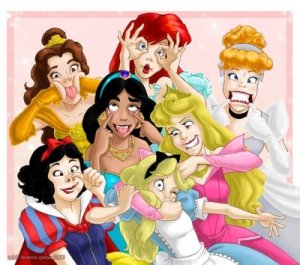In class lately, Professor Strangelove has been going over the interesting phenomenon of personal videos being created and posted on the internet. These discussions are based on his book, Watching YouTube, which analyzes this behavioural trend in great detail.

Strangelove illustrated a point that piqued my interest the other day; he mentioned that one of the main reasons that individuals participate in the amateur video process, and particularly the virtual diary function, is to allow for individuals to see representations of themselves on the internet, and accurate representations at that. People flock to websites such as YouTube in order to see people just like them on the internet; those that they see on-screen are regular Joes. This is a breakthrough in global media, for now individuals have the opportunity to see completely, or at least, mostly, accurate representations of human behaviour on-screen.
Individuals can also challenge the corporate media messages that dictate the way they should behave. Personalized messages that go viral frequently depict, according to Strangelove, behaviour that could be considered deviant from the norm. This allows for a more varied depiction of human behaviour that is not constrained by corporate media. In short, the internet and websites such as YouTube are democratizing global media messages.

This is important when it comes to Disney Princesses for now girls can see depictions of women that are varied and much more accurate. The women they can see on YouTube are imperfect, perhaps ugly, maybe slightly curvy, and might even have a mohawk. These are just examples, of course, but it is understood that now girls can choose to view whichever depictions of women they want to see. Disney Princesses, in fact, can be parodied and made illegitimate as role models for young girls.
 I am definitely not saying that every virtual journal entry or clip of the girls from Jersey Shore are going to be better role models for young girls than Disney Princesses. In fact, parents should also be aware of what their young girls have access to on the internet (such as celebrity wardrobe malfunctions, for example). Either way, girls now are able to choose what they see. They are not dictated to by large media conglomerates who tell them how to dress, how to speak, and how to act in general.
I am definitely not saying that every virtual journal entry or clip of the girls from Jersey Shore are going to be better role models for young girls than Disney Princesses. In fact, parents should also be aware of what their young girls have access to on the internet (such as celebrity wardrobe malfunctions, for example). Either way, girls now are able to choose what they see. They are not dictated to by large media conglomerates who tell them how to dress, how to speak, and how to act in general.
